As the CrossFit Open approaches, athletes everywhere are gearing up to perform at their best, and one movement that often causes a lot of anxiety is the double under. Whether you’re a seasoned athlete or new to CrossFit, mastering this skill can significantly improve your Open performance. Double unders, require coordination, timing, and endurance and are almost guaranteed to come up at some stage during the 2025 CrossFit Open.
If you’re aiming for a stronger Open score, here are some essential tips to help you perfect your double unders.
1. Master Your Single Unders First
Before attempting double unders, it’s crucial to have strong single unders under your belt. If you’re not consistently performing single unders with ease, practicing these will build your rhythm and improve your timing. Aim for smooth, consistent jumps without the rope catching on your feet. Once you’re comfortable with single unders, you can transition to double unders more confidently.
2. Focus on Jump Technique
The key to mastering double unders is a proper jump technique. Keep your jumps minimal—don’t overexert yourself by jumping too high. Aim for just a few inches off the ground, as this will give you the best rhythm and conserve energy. Focus on staying light on your feet and using your calves to propel you upward rather than relying on your entire body. Additionally, try to maintain a steady pace rather than going too fast too soon.
3. Use Proper Rope Length
One common mistake that athletes make is using a rope that is too long or too short for their body. A rope that is too long can cause it to drag and catch on your feet, while a rope that is too short can hinder your movement and make it harder to perform double unders smoothly. To determine the correct rope length, stand on the middle of the rope with your feet, and the handles should reach up to about your armpits. Adjust the length as necessary to find your optimal setup.
4. Use Your Wrists, Not Your Arms
A common mistake with double unders is relying too much on your arms to spin the rope. Instead, focus on using your wrists to generate the rope’s speed. Keep your elbows close to your body and let the motion come from the wrists in small, controlled circles. This will give you greater efficiency and help you maintain the rhythm needed for double unders.
5. Work on Timing and Rhythm
Double unders are as much about rhythm as they are about technique. Finding a consistent rhythm between your jumps and rope rotations is key. A helpful tip is to focus on sounding the rope – listen to the sound of the rope hitting the ground, and aim to match the rhythm of your jumps to the rope’s rotation. Keep a steady, consistent pace instead of trying to rush through each jump.
6. Practice with a Target Number
In the lead-up to the Open, it can be helpful to set specific goals for your double unders. Rather than attempting to hit a large number of reps right away, break it down into achievable sets. Start by practicing for shorter intervals, such as 10-15 reps, and gradually build up your volume as your confidence grows. For example, aim for sets of 10 double unders, rest, and repeat, then gradually increase the sets as you become more comfortable.
7. Use Mental Focus and Visualization
Double unders can be mentally challenging, especially when you’re getting fatigued. Visualize yourself performing the movement smoothly and confidently. Picture yourself getting into a rhythm and not allowing any self-doubt to creep in. CrossFit is as much a mental game as it is a physical one, and staying calm and focused will help you push through when things get tough during your Open workout.
8. Learn to Recover When You Miss
It’s not uncommon to trip up during double unders, but it’s important to stay mentally tough and not get discouraged. Practice recovery strategies for when the rope catches on your feet. Learn to quickly reset and get back into the rhythm. Try not to let mistakes derail your focus or your workout. The more you practice recovering from missed reps, the better prepared you’ll be during the Open when mistakes happen.
9. Incorporate Double Under Variations into Workouts
Rather than just practicing double unders in isolation, include them in different workouts to simulate Open conditions. You could do EMOMs (Every Minute On the Minute), AMRAPs (As Many Reps As Possible), or even intervals that mix double unders with other movements like burpees, box jumps, or kettlebell swings.

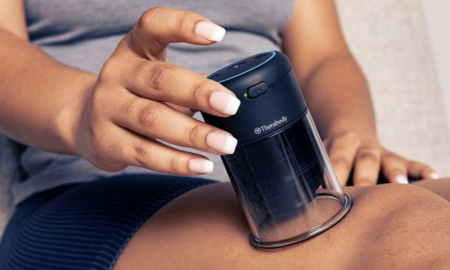
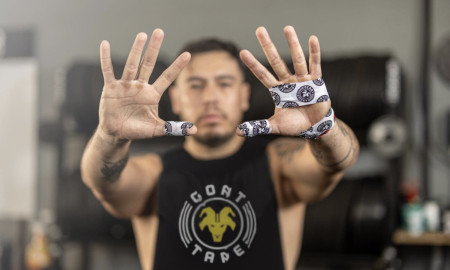
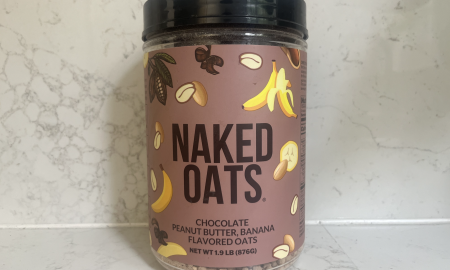
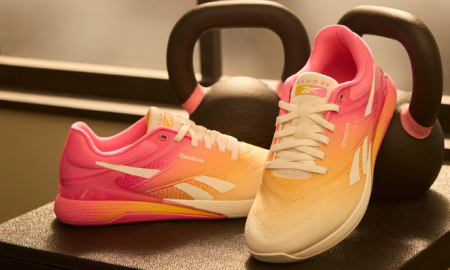

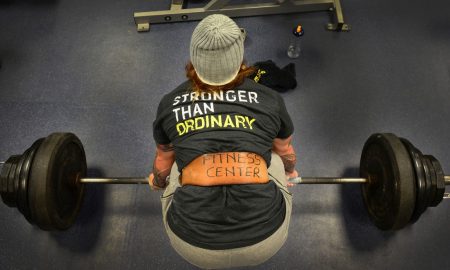
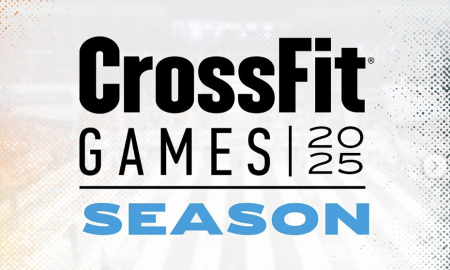
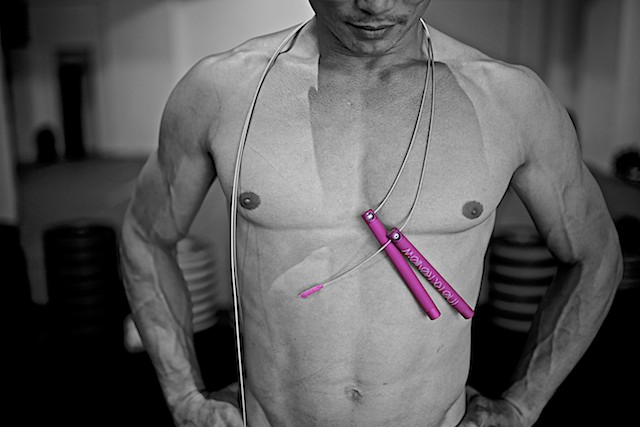


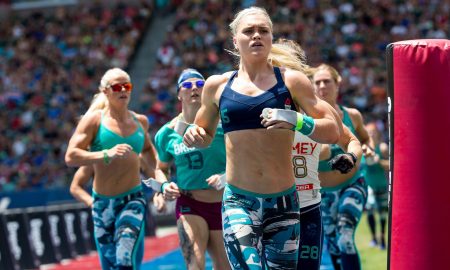
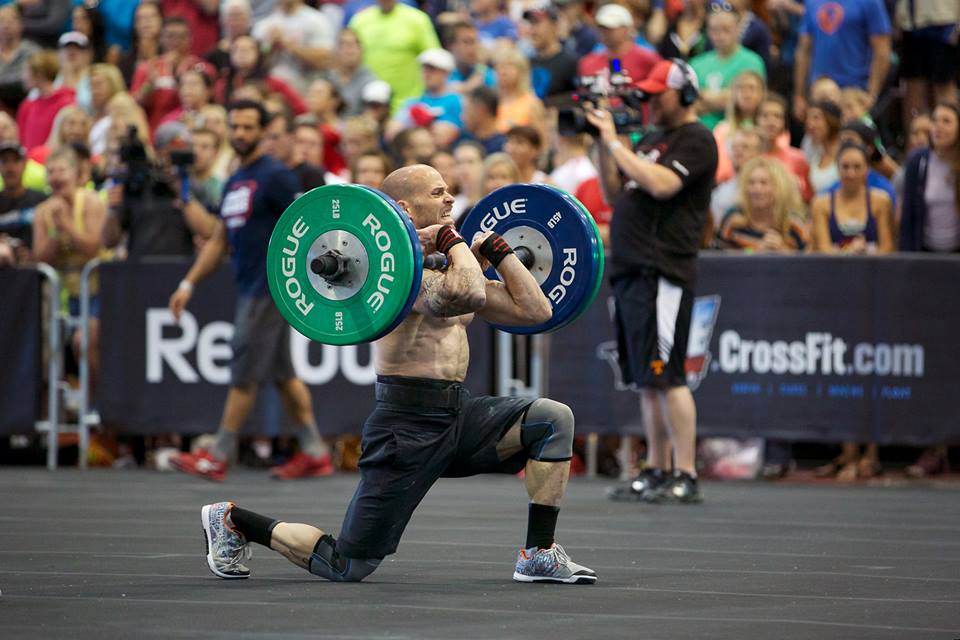
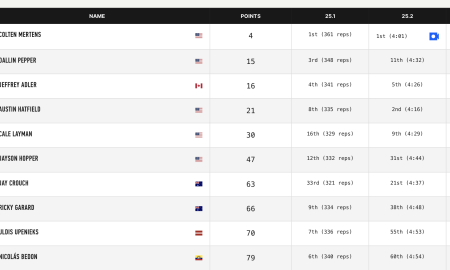
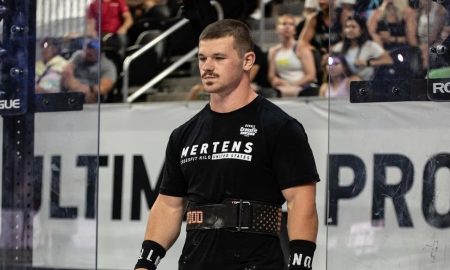
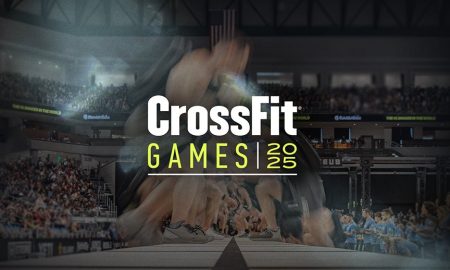

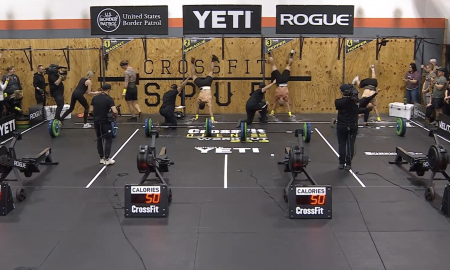
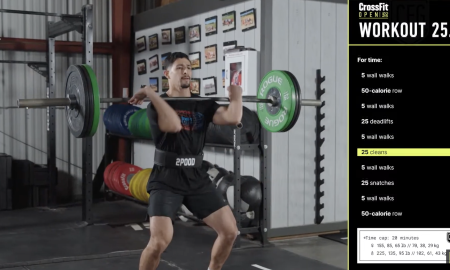
Follow Us